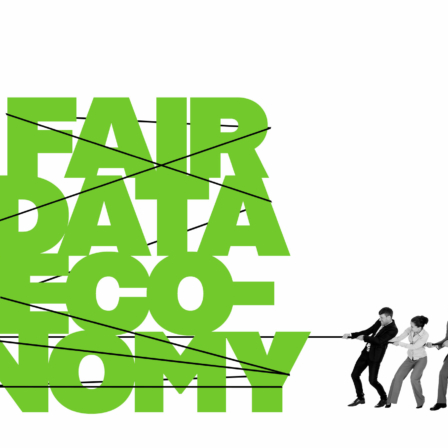The degree to which transformative technologies and related business models including AI, machine learning, big data, the Internet of Things and the emerging collaborative economy are likely to change the volume of work, the character of work, and compensation for work; and the implications of the changing character of work, and the shift away from traditional full time employment, are likely to have on social protection systems in the EU, together with potential public policy responses.
Changes in the volume in employment due to automation have been with us for decades, but Frey and Osborne truly raised eyebrows when they published analysis that suggested that “around 47% of total US employment is in the high-risk category [i.e. amenable to automatisation]¹ ”. Most of the experts who subsequently analysed the data feel, however, that these estimates are much too high – some specific tasks within these jobs are likely to be automated, the jobs will change in character, but most of the jobs will remain. These later studies typically predict job losses a bit less than 10% in the coming decades.
Irrespective of the exact percentage of jobs lost, there is no question that the character of work will change. This is already visible with collaborative economy platforms such as Uber, Lyft, and Amazon Mechanical Turk (AMT). This is not an altogether novel phenomenon – increasing labour flexibility was already visible in the literature since at least the eighties.² What has changed is the pace of technological innovation and associated evolution of business models.
This transformation poses significant challenges for policymakers who seek to ensure that their national populations are reasonably well protected against catastrophic events as well as expensive but predictable events. In Europe, this discussion has focussed on six main categories of social protection:
- unemployment benefits;
- sickness and health care benefits;
- maternity and equivalent paternity benefits;
- disability/invalidity benefits;
- old age / retirement benefits; and
- coverage for accidents at work and occupational diseases.
Most developed countries have strong social protection institutions for full time employees and their families; however, gaps are common for non-traditional employees (part time employees, agency temps, and any of a range of new forms of employment that have merged in recent years).Gaps are even more prominent for the self-employed, and this is particularly important for workers in the collaborative economy who are very often classified as being self-employed. These workers tend to have less than full coverage due to (1) gaps in statutory coverage for non-traditional employees or the self-employed; and (2) challenges in meeting the required number of hours worked per unit time, or in cumulating benefits across different categories of work.
Historically, one might have changed one’s mode of work from year to year. The data shows that platform workers such as Uber drivers are prone to shift from self-employment with Uber to part-time employment driving a taxi from hour to hour within the same day! This poses significant challenges for the social protection schemes of most countries.
The European Commission has proposed legislation at EU level to try to enhance social protection both for non-traditional employees and for the self-employed. How effective this will be in practice, assuming that it is enacted, remains to be seen. Social protection arrangements among the EU Member States are extremely diverse, and they are primarily a national rather than a European competence.
Questions
- How do we envision likely impacts of digitisation on work, in terms of number of jobs, hours worked per week, and wages?
- If fewer workers might indeed be needed, should we be looking at solutions such as Universal Basic Income (UBI) or a negative income tax? What does Finnish experience tell us about UBI?
- What measures are most promising for ensuring social protection for non-traditional employees and for the self-employed? To what extent is an EU role possible or appropriate, as distinct from a member state role?
- Are special measures needed to protect platform workers (Uber or Lyft drivers, Amazon Mechanical Turk)?
- What role for social dialogue partners (e.g. trade unions)?
References
¹ Frey and Osborne (2016), “The future of employment: How susceptible are jobs to computerisation?”
² Atkinson, John (1984), “Flexibility, uncertainty, and manpower management”, UK Office of Manpower Studies (IMS); Atkinson, John and Nigel Meander (1986), “Changing working patterns: How companies achieve flexibility to meet new needs”, UK Office of Manpower Studies (IMS).
Sitra’s guest atricles give a voice to the players of the future in different fields. They do not (necessarily) directly link to Sitra’s work or agenda, but are the authors’ thoughts on current issues that relate to the themes Sitra is passioned about.









LATEST
Read more